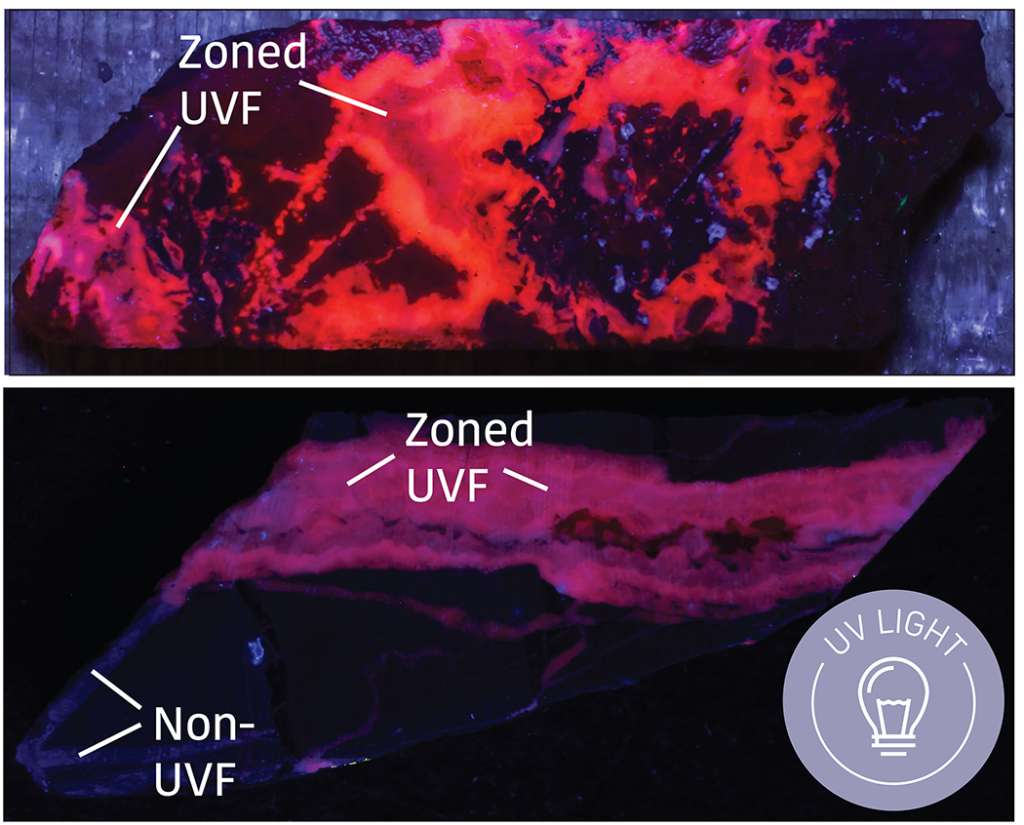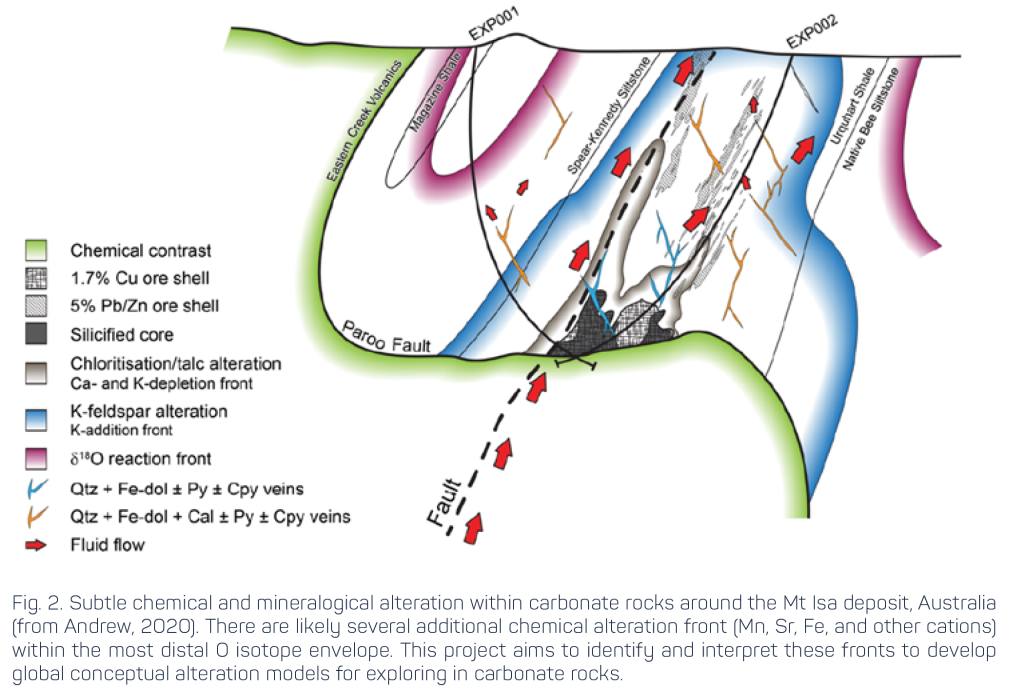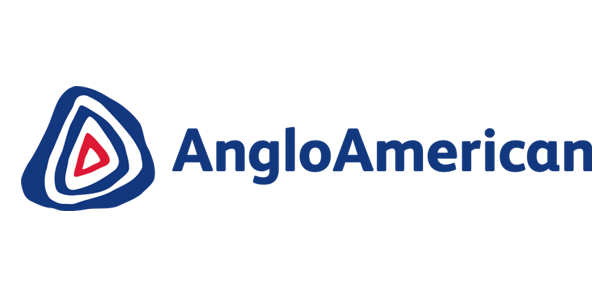Project Information
- Ore Deposit: Carlin-type, CRD, Hydrothermal, Porphyry, Skarn
- Commodity: Copper, Gold, Lead, Silver, Various, Zinc
- Research Themes: Base Metals, C&O Isotopes, Copper, Cryptic Alteration, Exploration Methods, Exploration Tools, Fluid Flow, Geochemistry, Gold Deposits, Portable XRF, Structural Geology, UV Photography, UV-V's Reflectance Spectroscopy
- Location: Deer Trail (Utah, USA – MAG Silver) | Olympias (Halkidiki Peninsula, Greece – Eldorado Gold) | Eulalia (Mexico – Reyna Silver)
- Project Status: Active
- Researchers: Shaun Barker, Andrew Steiner, Lucas Furlan, Ken Hickey, Greg Dipple, Mark MacLachlan, Max Hohl
- Students: Spyridon Fragkou, Cassis Lindsay
- Start Date: 2022
- End Date: 2025
A COLLABORATIVE INDUSTRY-MDRU RESEARCH PROJECT
THE OPPORTUNITY
Carbonate-hosted hydrothermal ore deposits are globally significant sources of various precious, base and critical metals. Yet, many vast carbonate belts remain unexplored worldwide. Exploration for carbonate-hosted hydrothermal mineral deposits is challenging because (i) distal carbonate alteration is often invisible to the naked eye, (ii) there are few efficient workflows for quantifying alteration in vein-rich rocks, and (iii) there are few models for distal alteration around carbonate-hosted deposits.
RESEARCH APPROACH
This project will provide company sponsors with new tools to add value to their data collection and make informed exploration decisions by:
• developing methods for the inexpensive, field-portable, rapid on-site analysis of carbonate mineral chemistry
• establishing workflows for effective mapping and quantification of carbonate alteration in veined rocks
• assessing how carbonate mineral chemistry can help to recognize near misses and vector towards ore
• investigating chemical indicators of a hydrothermal system’s metal fertility


ABOUT THE HALKIDIKI PENINSULA RESEARCH
Carbonate replacement deposits (CRDs) are challenging exploration targets because alteration haloes in carbonate rocks around the deposits are often difficult to identify (known as cryptic alteration). This study aims to characterize, quantify, and map the cryptic alteration footprint around the Au-rich Olympias polymetallic CRD by using a portable XRF instrument and a short-wavelength UV lamp on drill core and rock samples from Olympias to assess how carbonate mineral chemistry in veins and wall rocks varies with distance to known mineralization.





















